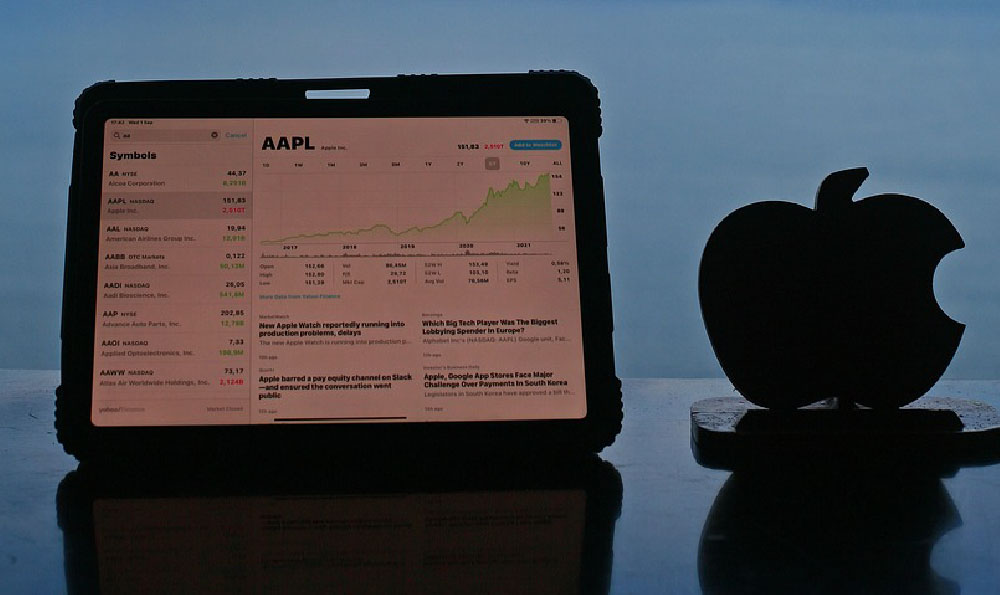Fidelity Roth IRA: How & Where to Invest?
Okay, I'm ready to provide a comprehensive guide on investing in a Fidelity Roth IRA. Here's the article:
Investing in a Roth IRA is a powerful strategy for building a tax-advantaged retirement nest egg. Fidelity Investments, a well-established and reputable financial institution, provides a robust platform for managing and growing your Roth IRA. Understanding how to leverage the Fidelity Roth IRA, from setting it up to choosing the right investments, is crucial for maximizing its potential.
One of the most attractive features of a Roth IRA is its tax benefits. Unlike traditional IRAs, contributions to a Roth IRA are made with after-tax dollars. However, the real magic happens in retirement. All qualified withdrawals, including both your contributions and any earnings, are entirely tax-free. This can result in significant savings over the long term, especially as your investments grow and compound over decades. Before diving into the specifics of Fidelity, it’s always recommended to check the current contribution limits set by the IRS each year, as these are subject to change. Make sure you meet the income requirements as well.

Opening a Roth IRA with Fidelity is a relatively straightforward process. You can initiate the process online through Fidelity’s website. The application will require you to provide your personal information, including your Social Security number, address, and date of birth. You'll also need to select a funding method, such as transferring funds from a bank account or another investment account. Once your account is opened, you are ready to begin the exciting journey of choosing your investments.
Navigating the investment options within a Fidelity Roth IRA can seem daunting, but understanding the broad categories available can greatly simplify the decision-making process. Fidelity offers a wide array of choices, ranging from stocks and bonds to mutual funds, exchange-traded funds (ETFs), and even options trading for more experienced investors.
For individuals seeking a hands-off approach to investing, target-date funds are an excellent option. These funds are designed to automatically adjust their asset allocation over time, becoming more conservative as you approach your anticipated retirement date. Fidelity Freedom Funds, for instance, are a popular choice. These funds gradually shift from a higher allocation to stocks to a greater emphasis on bonds as the target retirement year gets closer, helping to manage risk as you age. This makes them a great choice for investors who don't have the time, or desire, to actively manage their portfolio.
Mutual funds offer another diverse investment opportunity. Fidelity provides a wide variety of mutual funds, each focusing on a specific investment style or sector. You can find funds that invest in large-cap companies, small-cap companies, international stocks, bonds of varying maturities, and real estate. Some popular Fidelity mutual funds include the Fidelity 500 Index Fund (FXAIX), which tracks the performance of the S&P 500, and the Fidelity Total Market Index Fund (FSKAX), which provides exposure to the entire U.S. stock market. Researching a fund's prospectus is crucial before investing to fully understand its investment objectives, risks, and fees.
Exchange-Traded Funds (ETFs) are similar to mutual funds but trade like stocks on an exchange. They typically offer lower expense ratios compared to actively managed mutual funds. Fidelity offers a range of ETFs, including index ETFs that track broad market indexes, sector ETFs that focus on specific industries, and bond ETFs that invest in various types of debt. ETFs can provide diversification and liquidity, making them a valuable addition to a Roth IRA. Fidelity also offers its own ZERO expense ratio funds, which can be very appealing for the cost conscious investor.
Individual stocks allow you to directly invest in specific companies you believe have growth potential. While stocks can offer the possibility of high returns, they also carry a higher level of risk compared to diversified funds. If you choose to invest in individual stocks, it is essential to conduct thorough research on the company’s financials, industry trends, and competitive landscape.
Bonds represent debt investments, offering a potentially more stable income stream compared to stocks. Bonds can help to balance the risk in your portfolio. Fidelity offers a variety of bond funds and individual bonds, allowing you to tailor your fixed-income investments to your specific risk tolerance and investment goals.
When choosing investments for your Fidelity Roth IRA, consider your age, risk tolerance, and investment timeline. Younger investors with a longer time horizon typically can afford to take on more risk by investing a larger portion of their portfolio in stocks. As you approach retirement, gradually shifting to a more conservative asset allocation with a higher allocation to bonds can help to protect your capital. It’s also essential to consider diversification to spread your risk across different asset classes, sectors, and geographic regions.
Fidelity offers a suite of tools and resources to help you manage your Roth IRA and make informed investment decisions. Their website provides research reports, market analysis, and educational materials. Fidelity also offers personalized advice and financial planning services. Utilizing these resources can significantly enhance your ability to make smart investment choices and achieve your retirement goals.
Regularly reviewing and rebalancing your portfolio is essential to ensure it remains aligned with your investment objectives and risk tolerance. Over time, some investments may outperform others, causing your asset allocation to drift away from your desired target. Rebalancing involves selling some of your winning investments and buying more of your underperforming assets to restore your portfolio to its original allocation. This can help to manage risk and maintain a diversified portfolio.
In conclusion, a Fidelity Roth IRA is a powerful tool for building tax-advantaged retirement savings. By understanding the investment options available, considering your personal circumstances, and leveraging Fidelity's resources, you can create a well-diversified portfolio that has the potential to grow significantly over time, setting you up for a secure and comfortable retirement. Remember to stay informed, review your portfolio regularly, and seek professional advice when needed. Roth IRAs are very powerful, and when used properly, can be a cornerstone of a solid retirement plan.















